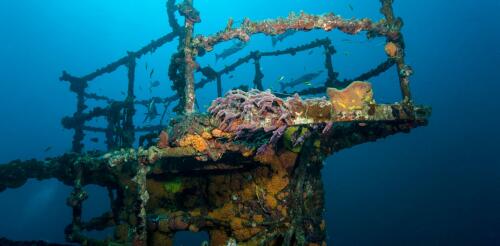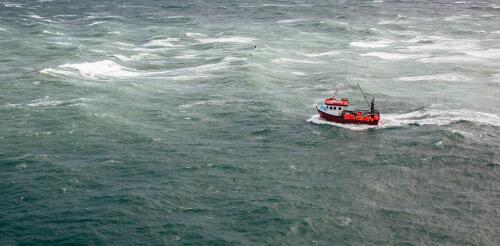Ocean conservation
When people hear about underwater reefs, they usually picture colorful gardens created from coral. But some reefs are anchored to much more unusual foundations. For more than a century, people have placed a wide assortment of objects on the seafloor off the U.S. coast to provide habitat for marine life and recreational opportunities for fishing and diving. Artificial reefs have been created from decommissioned ships, chicken transport cages, concrete pipes, rail cars and more. We study how ocean-dwelling fish use artificial reefs in the U.S. and beyond. Through our research, we have learned that artificial reefs can be hot spots for large predatory fish such as groupers and jacks. They also can serve as stepping stones for reef fish expanding their range northward with warming water temperatures and as rest stops for sharks. Artificial reefs can be strategically designed and placed to optimize fish habitat. But although they provide valuable ecological services, no one has in...
Humans are racing to harness the ocean’s vast potential to power global economic growth. Worldwide, ocean-based industries such as fishing, shipping and energy production generate at least US$1.5 trillion in economic activity each year and support 31 million jobs. This value has been increasing exponentially over the past 50 years and is expected to double by 2030. Transparency in monitoring this “blue acceleration” is crucial to prevent environmental degradation, overexploitation of fisheries and marine resources, and lawless behavior such as illegal fishing and human trafficking. Open information also will make countries better able to manage vital ocean resources effectively. But the sheer size of the ocean has made tracking industrial activities at a broad scale impractical – until now. A newly published study in the journal Nature combines satellite images, vessel GPS data and artificial intelligence to reveal human industrial activities across the...


